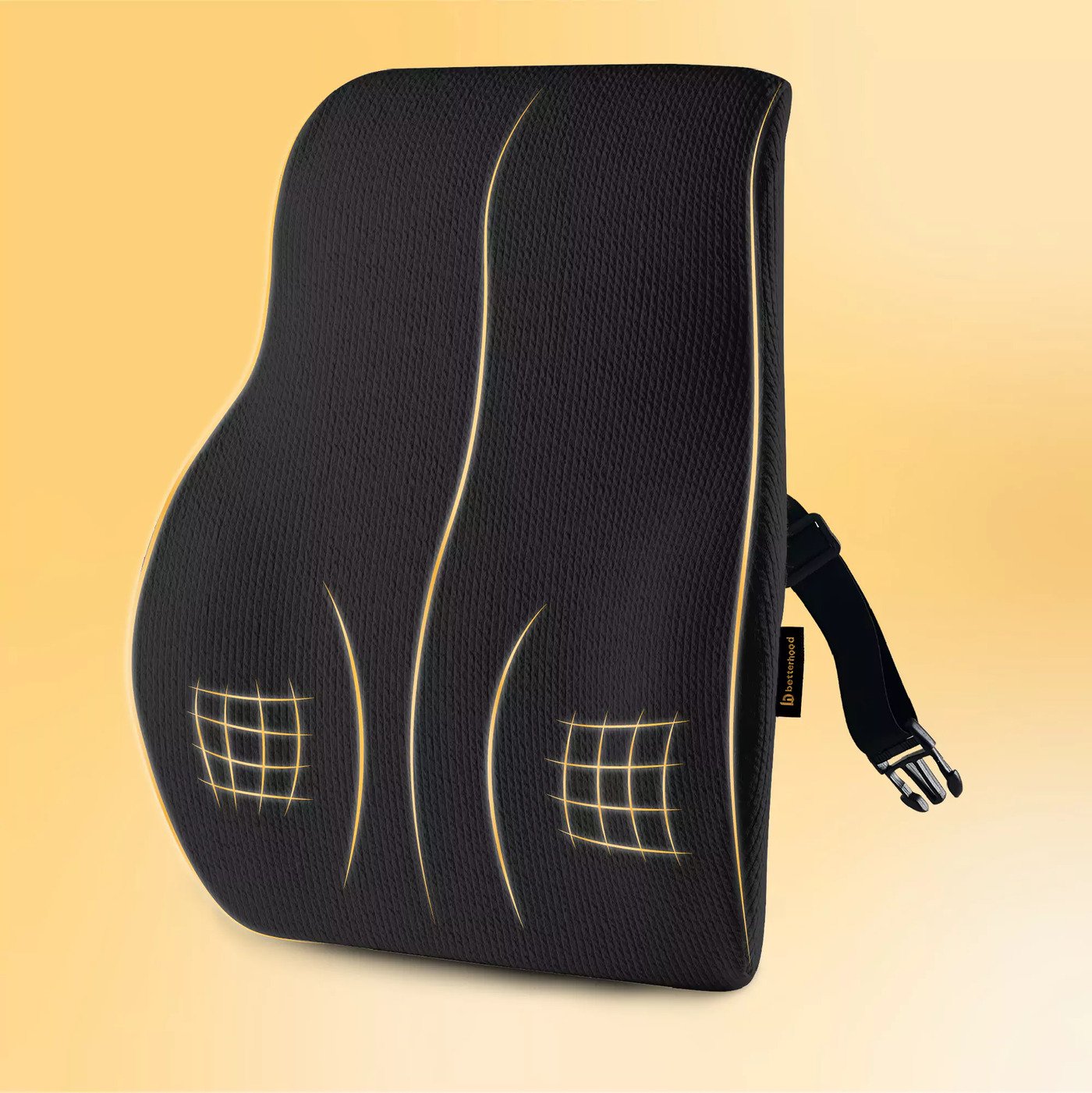Shoulder pain can be frustrating, particularly when it feels like your shoulder is constantly unstable or even dislocates unexpectedly. This is a common problem for many people dealing with chronic shoulder pain. Shoulder instability occurs when the shoulder joint feels loose, or slips out of place, causing pain and limited mobility. While it might sound alarming, understanding shoulder instability, its causes, and how it manifests can help you seek the right treatment. In this blog post, we will explore shoulder instability as a potential cause of chronic shoulder pain, its health conditions, and treatment options.
What is Shoulder Instability?
Shoulder instability refers to a condition where the shoulder joint is unable to maintain proper alignment, making it prone to dislocations or subluxations (partial dislocations). The shoulder joint is a ball-and-socket joint, where the ball (humerus) fits into a shallow socket (glenoid) in the shoulder blade. The stability of this joint is maintained by a complex system of ligaments, tendons, and muscles.
When any of these stabilizing structures are weakened or damaged due to trauma, repetitive movements, or muscle imbalances, the joint becomes loose and may dislocate. Shoulder instability can lead to chronic pain, frequent dislocations, and difficulty with daily tasks involving lifting or reaching.
What Causes Shoulder Instability?
There are several potential causes for shoulder instability. Some of the most common include:
- Trauma and Injury: A traumatic event, such as a fall, car accident, or sports injury, can damage the shoulder’s stabilizing structures. These injuries may result in either a shoulder dislocation (when the humeral head completely slips out of the socket) or a subluxation (a partial dislocation). These incidents can cause ligaments and tendons around the shoulder joint to stretch or tear, leading to instability.
- Repetitive Overuse: Repetitive overhead activities, such as throwing a ball, swimming, or lifting weights, can strain the shoulder muscles and ligaments. This consistent stress can eventually weaken the shoulder joint and make it more prone to instability. Athletes involved in sports like tennis, baseball, or volleyball are often at higher risk.
- Congenital Factors: Some people are born with a naturally loose or shallow shoulder joint (called a laxity), which makes them more susceptible to shoulder instability. This can increase the likelihood of frequent dislocations or subluxations.
- Age and Weakness: As people age, muscles around the shoulder joint can weaken. Inadequate muscle strength or poor posture can disrupt the shoulder’s stability. Over time, the muscles and tendons may become stretched, further increasing the risk of instability.
What Are the Symptoms of Shoulder Instability?
Shoulder instability typically presents itself with a variety of symptoms, including:
- Frequent Dislocations or Subluxations: One of the most obvious symptoms of shoulder instability is frequent dislocations or partial dislocations. These occurrences may happen spontaneously or with minimal exertion. Each dislocation can cause pain, swelling, and a feeling of the shoulder “popping out” or “slipping” out of place.
- Pain: Shoulder instability often leads to chronic pain in the shoulder joint, especially after physical activity or when reaching overhead. The pain may be sharp and sudden during dislocations or dull and aching when the joint is stressed.
- Weakness: A weak shoulder is often one of the signs of instability. The muscles around the joint may become weaker, making it harder to lift or hold objects, especially overhead or out in front of you.
- Decreased Range of Motion: People with shoulder instability may find it difficult to move their arm freely without discomfort. The range of motion can be significantly reduced, particularly when trying to lift or rotate the arm.
- Clunking or Clicking Sensation: Some individuals experience a sensation of their shoulder joint clicking, popping, or feeling “loose” during certain movements. This can be an indication that the ball of the joint is not properly aligned with the socket.
What Health Conditions Can Shoulder Instability Lead To?
If left untreated, shoulder instability can lead to other complications and chronic conditions. Some of the most common issues that may develop from shoulder instability include:
- Glenohumeral Instability: This is the most common form of shoulder instability, involving the ball-and-socket joint (glenohumeral joint). In this condition, the ligaments and muscles that hold the ball of the humerus in the socket become overstretched or torn, leading to recurrent dislocations or subluxations.
- Shoulder Dislocation and Subluxation: Repeated dislocations or partial dislocations can worsen over time, causing significant damage to the surrounding ligaments, tendons, and cartilage. As these structures continue to weaken, the shoulder becomes more prone to instability and dislocations, which may require surgical intervention.
- Labral Tear: The glenoid labrum is a ring of cartilage that helps stabilize the shoulder joint by deepening the socket. Repeated dislocations or shoulder instability can lead to tears in the labrum, a condition known as labral tear. This tear can cause pain, weakness, and further instability, leading to a greater risk of future dislocations.
How is Shoulder Instability Diagnosed?
Shoulder instability is typically diagnosed through a combination of physical examinations, medical history, and imaging tests. During the physical exam, a healthcare provider will assess the shoulder’s range of motion, check for areas of tenderness, and evaluate how much pain occurs during specific movements.
Imaging tests like X-rays may be used to rule out other possible causes of shoulder pain, such as fractures or arthritis. MRI scans are often used to identify tears in the ligaments, tendons, or labrum, providing a clearer picture of the shoulder’s internal structures.
How is Shoulder Instability Treated?
Treatment for shoulder instability depends on the severity of the condition and the degree of pain and dislocation. Some common treatment options include:
- Physical Therapy: Strengthening the muscles around the shoulder joint is one of the most important treatments for shoulder instability. A physical therapist can guide you through specific exercises aimed at improving the stability and strength of the shoulder, as well as restoring its range of motion.
- Non-Steroidal Anti-Inflammatory Drugs (NSAIDs): Over-the-counter pain relievers, such as ibuprofen, can help reduce inflammation and pain caused by shoulder instability.
- Bracing or Sling: In some cases, using a shoulder brace or sling can help provide additional support to the joint, especially during the early stages of treatment. This helps prevent further dislocations and allows the muscles and ligaments to heal.
- Corticosteroid Injections: For individuals with severe pain or inflammation, corticosteroid injections may be used to provide temporary relief.
- Surgery: If non-surgical treatments do not provide relief, surgery may be necessary. Surgical options can include labral repair to fix any tears in the cartilage, or capsular shift surgery to tighten the ligaments around the shoulder joint and prevent future dislocations.
Conclusion: Can Shoulder Instability Be Prevented?
Shoulder instability can be a challenging and painful condition, but with early diagnosis and treatment, it is possible to manage and even prevent further damage. Strengthening the muscles around the shoulder, maintaining proper posture, and avoiding activities that place excessive stress on the shoulder joint can help reduce the risk of developing instability. If you suspect that you are suffering from shoulder instability, it’s important to consult with a healthcare provider who can properly assess the condition and guide you toward the best course of treatment.
By taking proactive steps, you can protect your shoulder from further injury and get back to your daily activities with confidence.
References
- Gallo, R. A., & Zancolli, J. A. (2018). Shoulder instability: Diagnosis and management. The Journal of Bone and Joint Surgery, 100(5), 352-357. Available at: https://pubmed.ncbi.nlm.nih.gov/29513265/
2. McMahon, P. J., & Park, J. (2020). Glenohumeral instability: A comprehensive review of diagnosis and management. Orthopedic Clinics of North America, 51(1), 1-10. Available at: https://pubmed.ncbi.nlm.nih.gov/31731692/
3. Norris, T. R., & Tashjian, R. Z. (2021). Labral tears and shoulder instability: Diagnosis, treatment, and outcomes. Journal of Shoulder and Elbow Surgery, 30(8), 1467-1475. Available at: https://pubmed.ncbi.nlm.nih.gov/33379035/
4. Hovelius, L., & Eriksson, B. I. (2019). The management of shoulder instability: Surgical versus conservative treatment. The Journal of Shoulder and Elbow Surgery, 28(10), 1800-1807. Available at: https://pubmed.ncbi.nlm.nih.gov/30770243/









